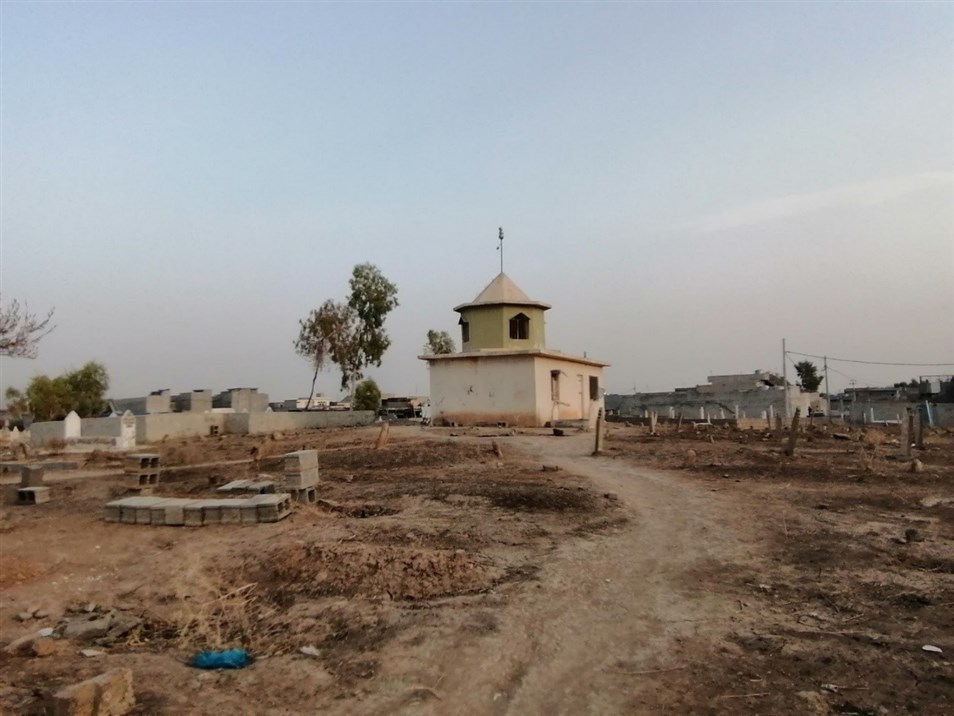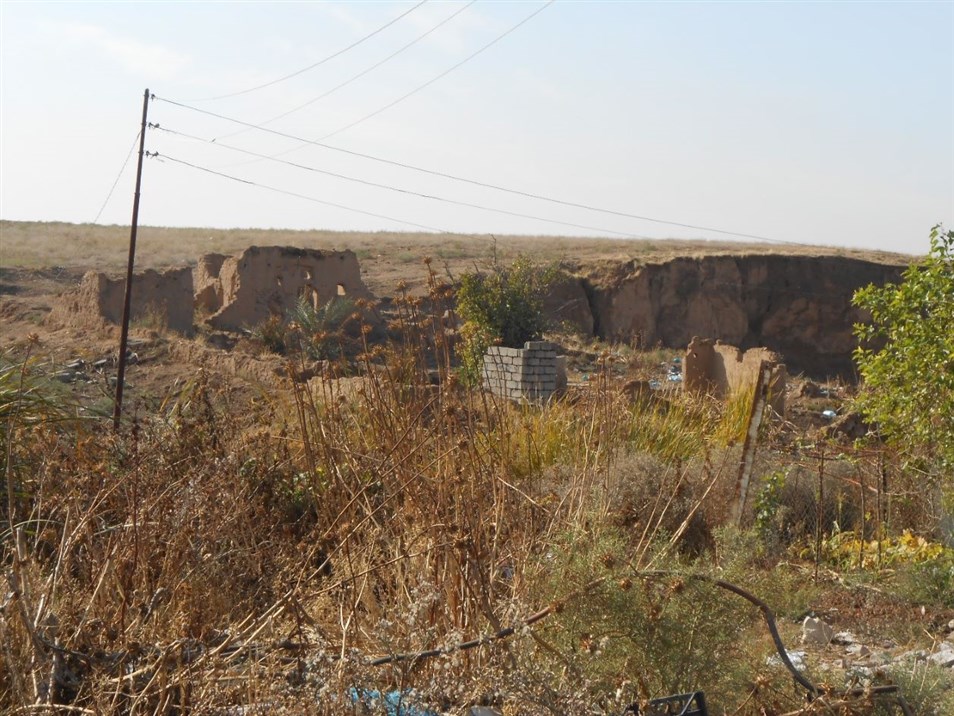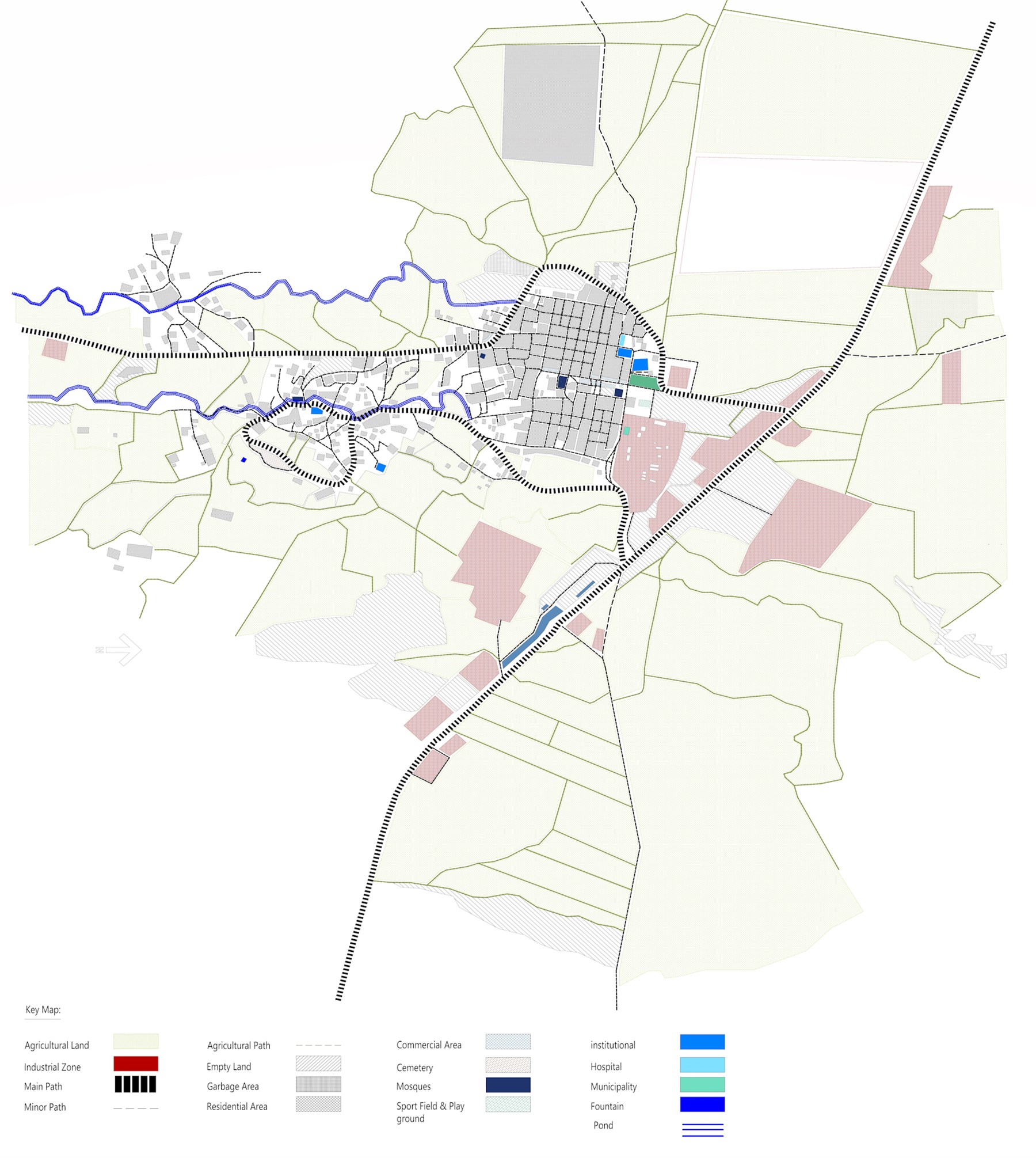Rural Heritage Recovery and Post-Conflict Development in KRG: The Case of Erbil’s Rural Periphery
This landscape has faced successive waves of violence, mass destruction, and displacement in the past thirty years. This violence has taken a particular toll on the rural landscapes. Failing to recognize the greater diversity of the rural natural and cultural heritage undermines the local identity and questions whether this identity will be able to survive the decline of the rural landscape (Kreyenbroak and Allison, 1996). In addition, Erbil’s rural periphery exemplifies the rural-urban heritage problematic. The phenomenal urban growth following the designation of Erbil as the capital of the KRG has resulted in unbalanced development, one that prioritizes urban expansion at the expense of the peripheries and singular ethnic heritage at the expense of a pluralistic cultural heritage. Social and economic contrasts between an urbanized center and the rural periphery of Erbil are further amplified through the focus on urban economic growth and infrastructure implementation as a form of recovery while neglecting peripheral communities. This has further marginalized the rural peripheries, attracting the rural communities to the city for job opportunities. Rural-urban heritage is thus left without economic growth and preservation and lacks stability, sustainability, and development.
As such, rural-urban heritage recovery is culture and place-specific and likely to foster development strategies that are contextualized rather than generic. An alternative approach to the recovery of rural-urban heritage does not base itself on the recognition of ‘unique and outstanding monuments,’ archaeological methods of conservation, and disciplinary memory; it rather shifts the focus of development from product delivery to working with long-term socio-economic and cultural-environmental processes towards just societies and political stability. This project expanded the recovery discourse temporally and spatially beyond the built fabric of villages to embrace environmental, socio-economic, and cultural developmental objectives. As such, rural-urban heritage recovery recognized the exceptional natural and cultural wealth of the marginal landscape. It capitalized on ecological and environmental assets and the rural-urban heritage as a dynamic entity whose living heritage is produced every day by diverse spatial practices and sustained by events.


The Project's Phases
This project took the three villages of Gazna, Kany Qrzhala, and Qareatax on the western Erbil Greenbelt as sites of inquiry. Collectively these three villages exemplify the rural-urban heritage which includes tangible, intangible, and natural heritage. The project had three intertwined phases; Phase 1:Project Setup and Site Reconnaissance; Phase 2: Citizen Scientist Training; Phase 3: Capacity Building. The three phases helped better understand the current situation of the rural-urban heritage in the KRG through fieldwork, documentation, analysis, and knowledge dissemination. It raised the profile of local expertise through research, capacity building, and Citizen Scientist training. The project also improved job prospects of the region's youth on the short-term through training Citizen Scientists and the long-term through the capacity building training that will help educate local researchers and activists that will have an impact on the recovery of heritage in their local context.
Phase 1: Project Setup and Site Reconnaissance
In addition, the reconnaissance characterized the current situation of the villages that were selected for the study. It verified that the three villages (Gazna, Kany Qrzhala, and Qareatax) represent the multi-cultural practices of the Kurdish heritage. According to the data, the selected villages reflected the multiplicity and diversity within the community and the different compositions of returning, transient, and permanent inhabitants across the three villages. These villages represent the highest number of internally displaced people (IDPs), refugees, and diverse socioeconomic backgrounds. They also exemplify the rich rural-urban heritage of Erbil, such as landscape features, ancient archaeological practices, and vernacular building techniques.
Phase 2: Citizen Scientist Training
The second phase of the project was Citizen Scientist (CS), which is a methodology that supports the Participatory Approach. This methodology enables ordinary people to play an active and influential part in decisions that affect their lives so their voices shape outcomes either in person or by representation. CS emphasizes involving the community in the strategic and management processes that include the design of the framework, data collection, analysis, reporting, and managing the study.
This phase was composed of CS training, fieldwork, and data gathering. The CS training methodology teaches the basics of community-based research. It leads learners to construct their research questions in order to find out community needs and devise ways to meet them. Participants of the training will come away with research skills that will enable them to carry out local research projects sensitively and ethically. The training anchored academic research, applied practice, and instruction intending to promote a recovery program that emphasizes the social and public spheres through the empowerment of local, grass-root agents. In the case of Erbil, efforts were focused on rural heritage. Accordingly, the CSs were trained to investigate and understand how rural-urban heritage is conceptualized and practiced by locals and internally displaced people (IDPs) in the rural peripheries of Erbil. The recruited Citizen Scientists were a total of 12, from architecture and archeology backgrounds, gender-balanced (6 females and 6 males) from Erbil. The training was planned to take place in Erbil initially but with the travel restrictions due to the pandemic, the mode of delivery of the training was moved to virtual means. The research team hired CatalyticAction to assist and facilitate the training.
After the training, the Citizen Scientists were divided into three teams to facilitate the process of fieldwork and data collection, and guarantee a precise implementation of the process. The training was followed by several follow-up sessions and progress meetings during the summer to share updates on work progress, address challenges and difficulties, and discuss findings. After several progress meetings, the Citizen Scientists profiled their findings of the villages and presented through a webinar on the 28th of September, 2020.

Phase 3: Capacity Building
The third phase of the project was Capacity Building. This phase focused on the pedagogy related to urban recovery to train potential actors from diverse backgrounds by consolidating research, teaching, and advocacy. It sought to create a collaborative and comparative research and training platform, that linked several disciplines where similar concerns and interests have driven the research agenda for post-conflict recovery strategies. As such, phase three was anchored in academic research and applied research to form a pillar for the local community in terms of built, social, and economic post-conflict recovery. Through these three fields, phase three formed a gear towards the elevation of the discourse of recovery from a pure reconstruction approach to interdisciplinary and participatory approaches. The Citizen Scientists of Erbil were introduced to the methodology and 8 of them were selected to continue and participate in the Capacity Building workshops, vision and strategy. The outcome of this phase was an international webinar held on March 2nd, 2021.
The workshop was virtually conducted between November 15th and December 28th, 2020. The workshop was composed of three tracks: fieldwork and analysis, studio sessions, and plug-in seminars. The workshop had a cross-disciplinary approach which allowed the participants to utilize their diverse sets of expertise to explore rural-urban heritage in Erbil in terms of recovery in a post-conflict environment, strategic planning, cultural heritage, rural heritage, architecture, urban planning, environmental studies, and social value of space while facilitating the exchange of knowledge and capacities.
When the workshop was concluded, the Urban Recoverers (URs) were assigned two tasks: finalizing the vision and narrative of the villages; and preparing for a final webinar to present their work. During January and February, the URs were trained and guided through the steps of strategic planning for urban recovery as a human-centered alternative to top-down masterplans.
On March 2nd, 2021 the URs presented their work to a panel of local and international scholars. More than 60 people participated from Iraq, Lebanon, Syria, the UK, and Finland. Some of the local institutions (Iraq) that participated in the webinar were from the Iraqi Institute for the Conservation of Antiquities and Heritage, General Directorate of Urban Planning of Erbil, Baghdad University, and University of Sulaimani.



